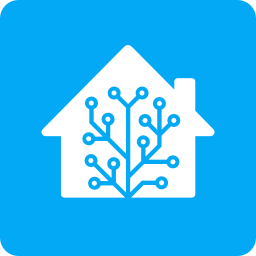

I have a similar setup with 3 different heating elements, each with it’s own different brand controller (who knows what the previous owner was thinking!).
I swapped one out a few years ago for a Heltun which seemed to meet my requirements and is designed for exactly that. It is the older discontinued model running on 500 series z-wave, their newer ones run on 700 series.
I had initially planned to replace all 3 with the same model assuming it was good - I haven’t (as yet) - it was a pretty new product and it was a bit buggy which made me hesitant. I have wood flooring on top of the concrete slab/ electric blanket in two areas and it’s advised to not heat the wood up too high as it causes shrinkage, unlike under ceramic tile, and sometimes it would not respect the max floor temperature setting. I went back and forth with their support about it and they were very helpful, giving me beta firmware to flash etc and I worked around it.
For the last couple of years it’s been mostly stable and behaving. For whatever reason, it no longer lets me directly set the target temperature in Home Assistant which it previously did - I may need to dig into that as it would be handy sometimes, but I think it meets all of your other requirements, like on device manual control, no cloud, air temp sensor and floor sensor connection etc.
There aren’t that many products out there that fit the bill, I was particularly struggling with ones that would let me set the max floor temp sensor low enough when I was comparing the spec sheets a few years back.

Its certainly doable, you just need to decide on where you want to start as a minimum viable product and tinker along as you go but ideally think far enough ahead about ideal situation so you don’t paint yourself into a corner and have to restart from scratch to get a certain outcome, although the Pi is pretty flexible for the power you’ll need.
I did this around 20 years ago (obviously not with a Pi back then) but as things changed I came round to the less hassle option of a phone and Bluetooth, particularly as I was often driving cars I couldn’t tinker with too much.
I had an implementation with a fold out 1 DIN touch screen which replaced the stereo and handled audio amplification etc and one with a stand alone hot plug 7" touchscreen. I had a reserve battery so that it stayed powered up for a short period of time after parking at home to do playlist and podcast synchronisation to my server in the house.
As other people have mentioned I was using Kodi and running audio from it as well as satnav etc. Mp3car was a good resource at the time.